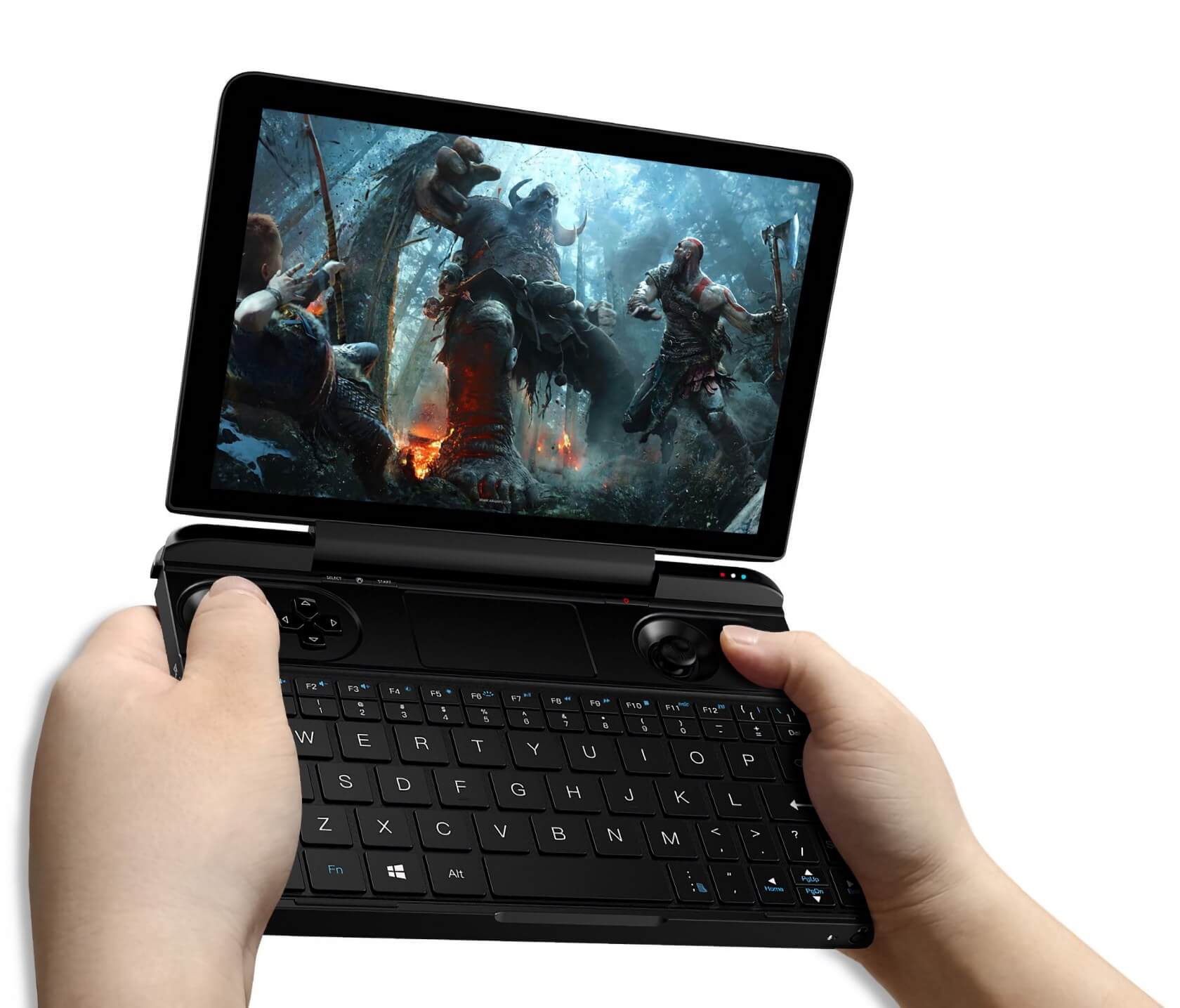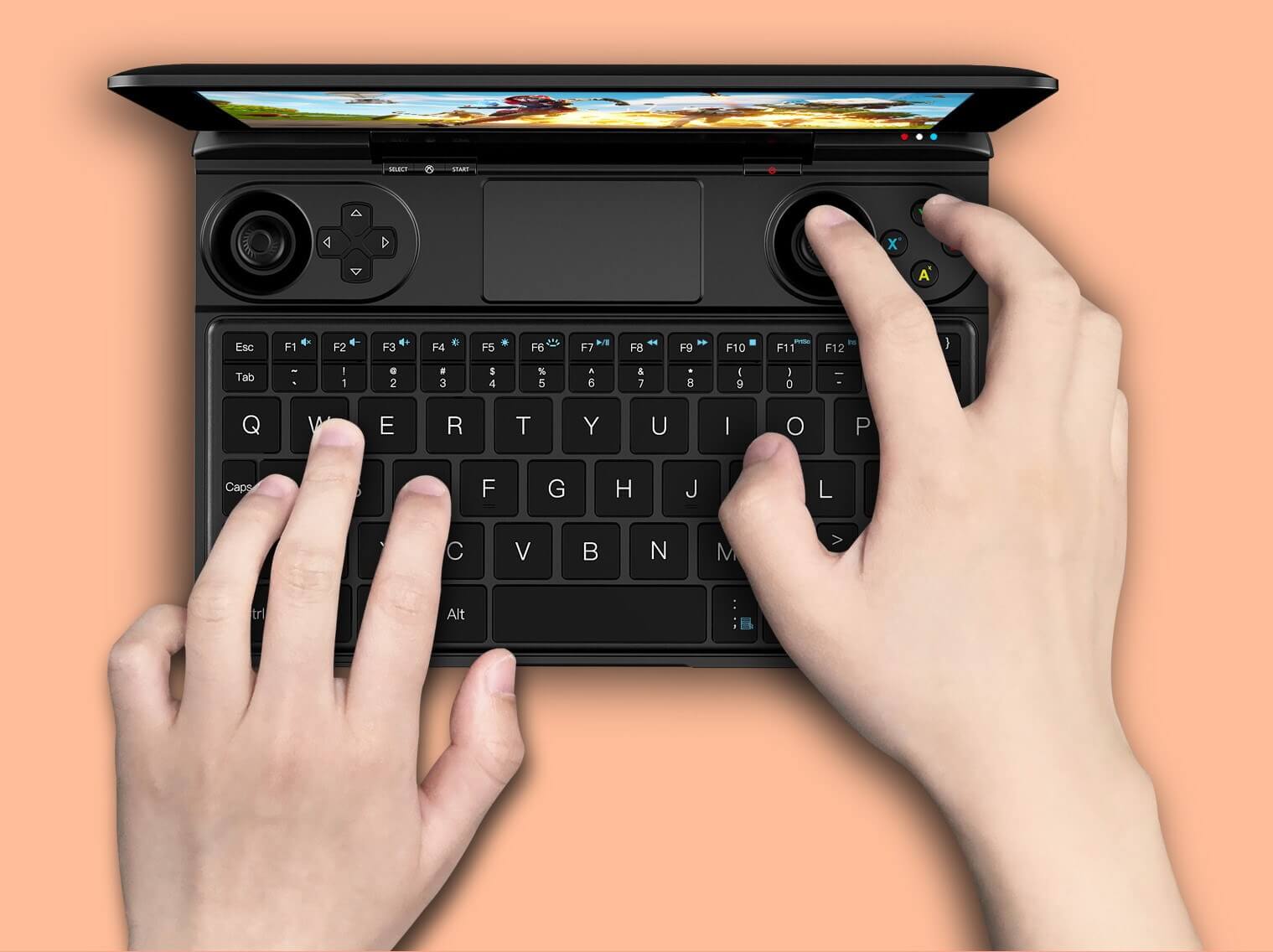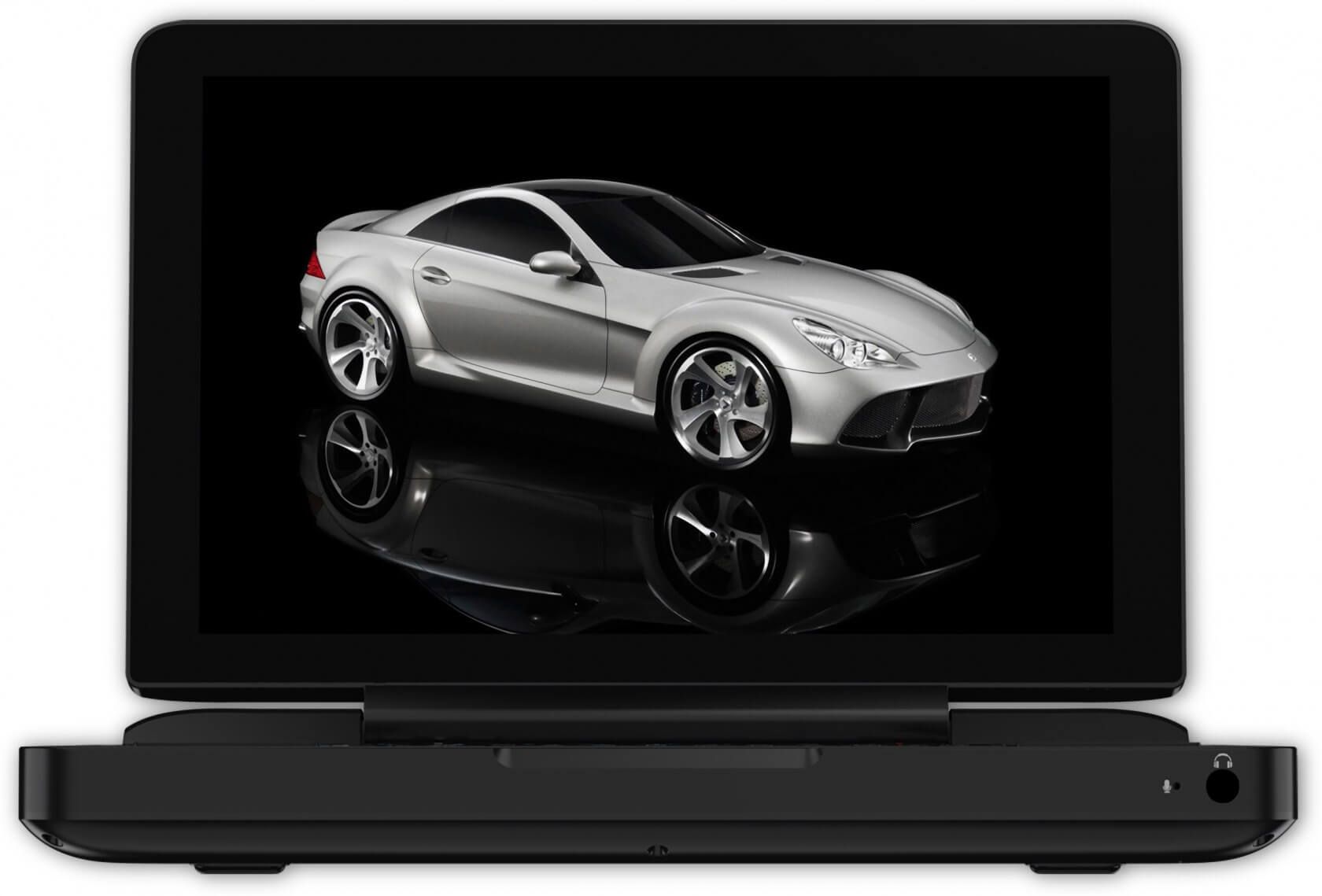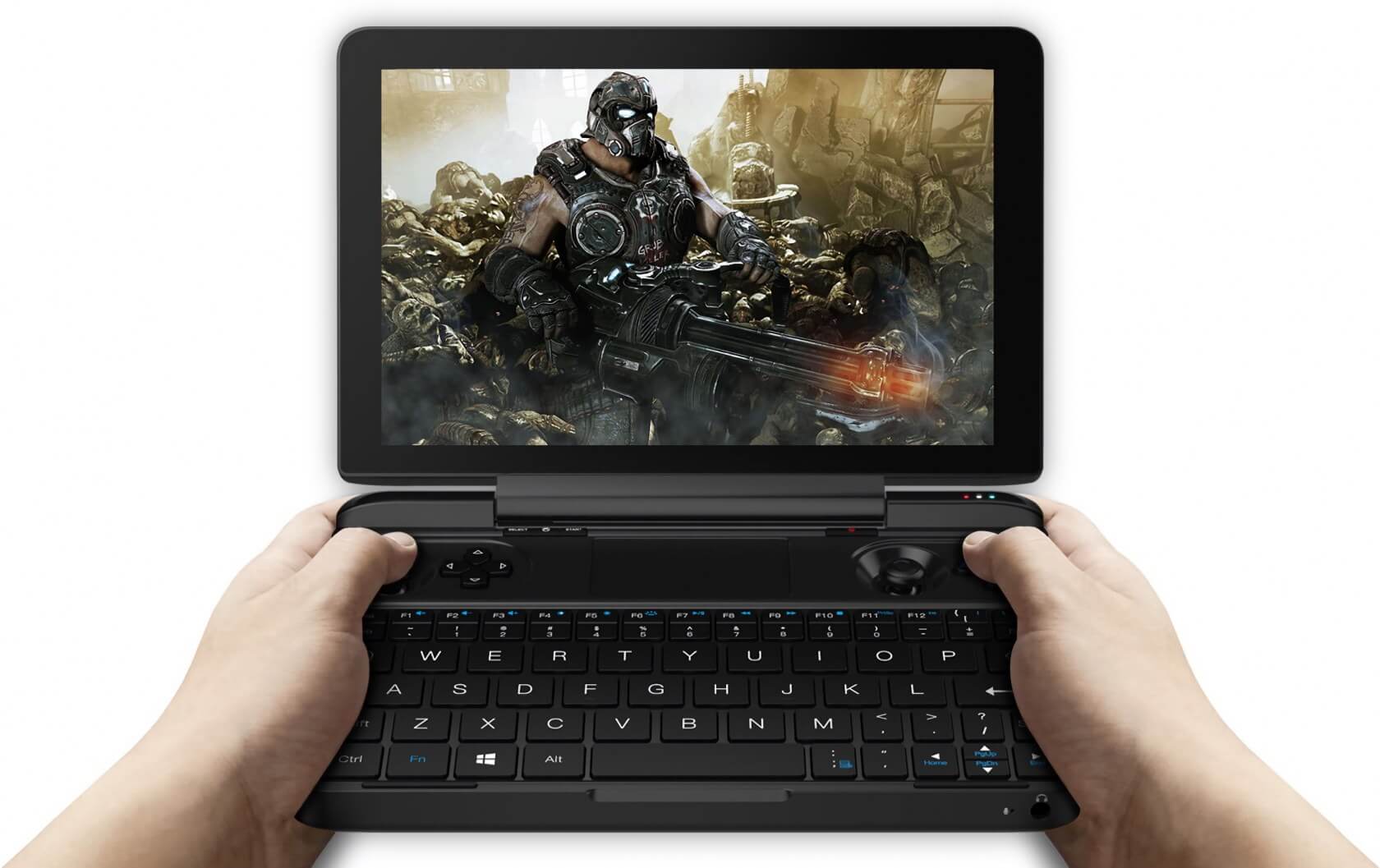In context: Few companies are as well-known in the ultra-portable gaming device market as GPD. The Chinese company specializes in making the smallest gaming PCs it possibly can, such as the $650 GPD Win 2 or its predecessor, the original GPD Win.
While there are obvious drawbacks that come with gaming on such small devices, GPD's gadgets nonetheless manage to impress many. Now, the company is hoping that trend will continue with the GPD Win Max, its latest portable gaming machine (and the "world's smallest handheld gaming laptop," to boot).
The GPD Win Max brings numerous improvements, changes, and upgrades compared to its predecessors, but we'll start with its design. Compared to the GPD Win 2, the Max looks much sleeker. Instead of large, flashy colored gamepad buttons with black lettering, GPD has flipped things around, with colored letters etched into black buttons.
There's also now a slight gap between the screen of the Max and the keyboard/gamepad area, which may help to make it feel less cramped and more modern. The screen bezels are also a bit more uniform, with the top, bottom, and sides all featuring roughly the same screen-to-edge spacing.

One major difference between the Max and the Win 2 is the keyboard itself: the former is considerably more spacious than the latter with its (mostly) evenly-spaced, chiclet-style keys. Ideally, this should make the device easier to use for actual work or chatting with friends.
So, on to the Win Max's actual functionality: how well can it handle modern games? According to GPD, pretty well – the company's own benchmarks show the Win Max sustaining framerates of up to 75 in games like Rainbow Six Siege, a playable 36 in Sekiro: Shadows Die Twice, and an impressive 51 in Call of Duty: Modern Warfare. Each game was run at its "default" graphics settings at a resolution of 1280x800p.
Obviously, we would never advise our readers to take manufacturer benchmarks at face value, but given both the settings GPD used for each game and the hardware packed inside the Max – more on that in a moment – none of these numbers seem too outlandish. They're certainly better than you might expect from a device this compact (it has an 8-inch IPS screen with touch support and 500 nits of brightness), but GPD also has the benefit of experience here, thanks to the success of previous Win devices.

Moving on to the Win Max's interior components, we can immediately see that GPD has packed an impressive amount of punch into their flagship gaming machine. It has a 512GB M.2 NVMe SSD, an i5-1035G7 processor, 16GB of DDR4 RAM, and "Intel Iris Plus 940" graphics. The Win Max can sustain itself for up to three hours of heavy use with its 57Wh battery.
Moving on from internals, GPD included what it calls an actual "Xbox 360 Controller" in the Max for some added on-the-go versatility. Though that description might be challenged by some, it seems to be accurate, for the most part. Granted, the form factor is different than a normal controller, but the Win Max has two joysticks, a d-pad, the standard array of A, B, X, and Y buttons, as well as rear-facing shoulder buttons and Select, Start, and Xbox buttons.

As far as connectivity goes, GPD claims the Win Max supports Bluetooth 5.0, Wi-Fi 6, and HDMI 2.0b. It also houses two USB Type-A ports, one Thunderbolt 3 port, one USB 3.1 Gen 1 port, and one USB Type-C 3.1 Gen 2 port.
All in all, the Win Max sounds like a great little gaming machine that could either stand on its own or be used in tandem with a cloud gaming service like Stadia or GeForce now – it is a full Windows 10 machine, after all. Unfortunately, we have no idea when the Win Max will arrive or how much it will cost, but we'll be reaching out to GPD for details.
